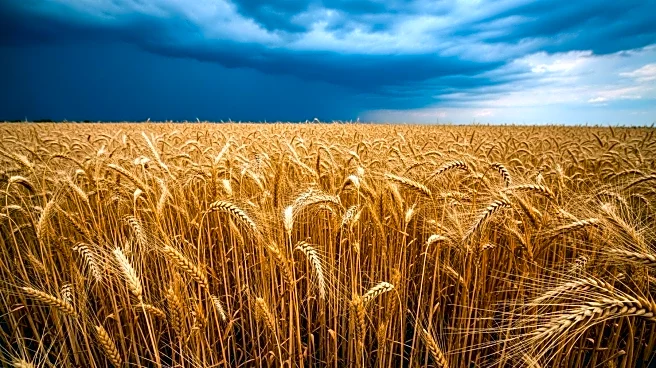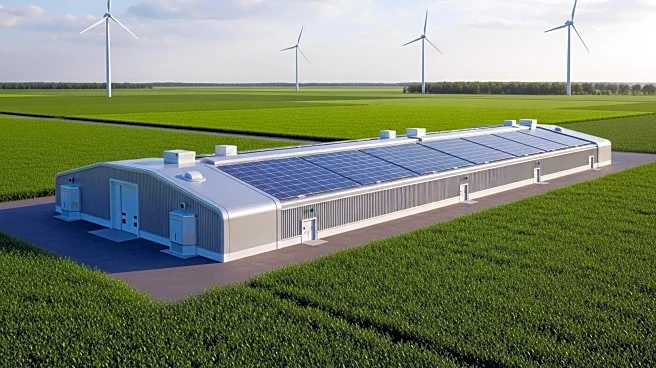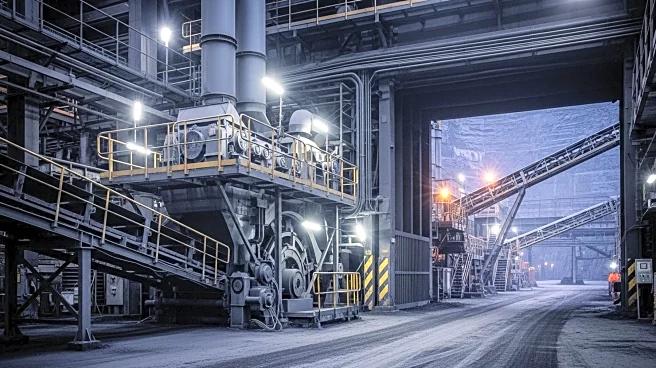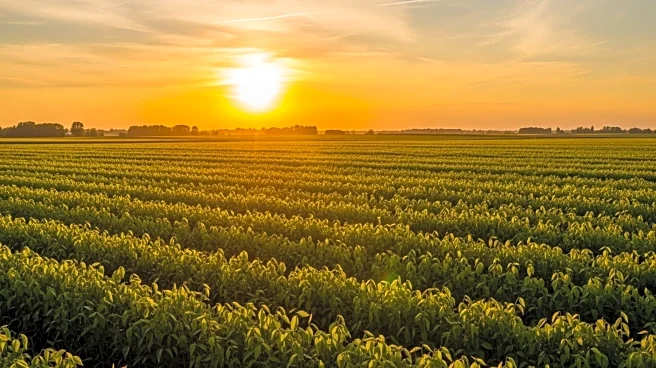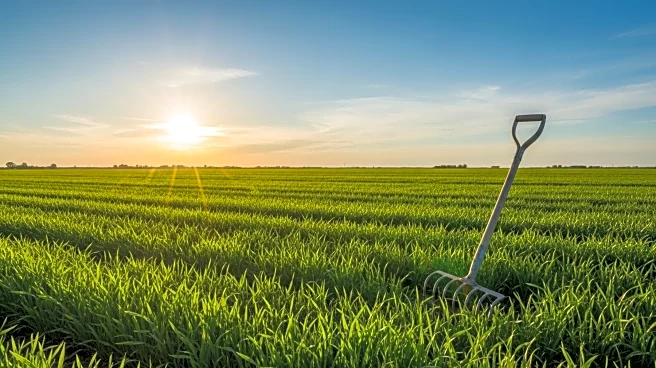What's Happening?
The economic struggles of farmers are having a significant impact on Main Street businesses across rural America. With corn and soybean prices falling below production costs, farmers are facing substantial financial losses. This situation is exacerbated by a steep decline in net farm income, which has dropped by $55 billion between 2022 and 2024. The financial strain on farmers is leading to increased debt and economic instability in rural communities, where agriculture is a primary economic driver.
Why It's Important?
The financial health of farmers is directly linked to the vitality of rural economies. As farmers struggle, the ripple effects are felt by local businesses, schools, and community services that rely on agricultural prosperity. The current situation threatens to replicate the farm crisis of the 1980s, which had devastating effects on rural America. Addressing these challenges is crucial for maintaining the economic and social fabric of these communities. New markets, such as those for ethanol and aviation fuel, offer potential solutions by increasing demand for agricultural products and providing farmers with new revenue streams.
What's Next?
Efforts to stabilize the agricultural sector may include policy interventions to support new market development and reduce trade barriers. The 45Z clean fuel production credit is one such initiative that could provide financial incentives for farmers adopting sustainable practices. If successful, these measures could lead to significant investments in renewable energy markets, benefiting both the agricultural sector and the broader economy. Stakeholders will need to collaborate to ensure these opportunities are realized and that rural communities receive the support they need.


